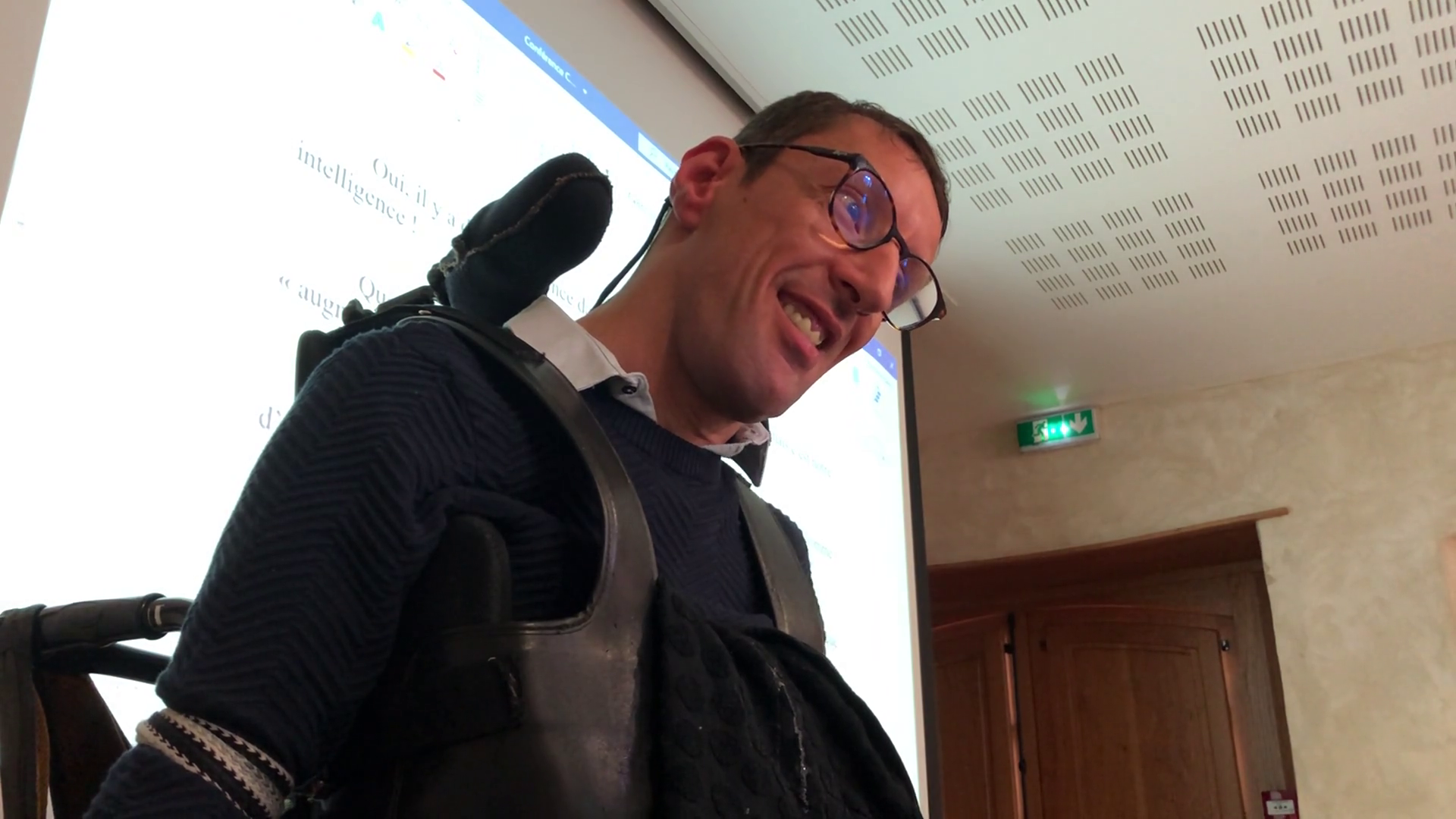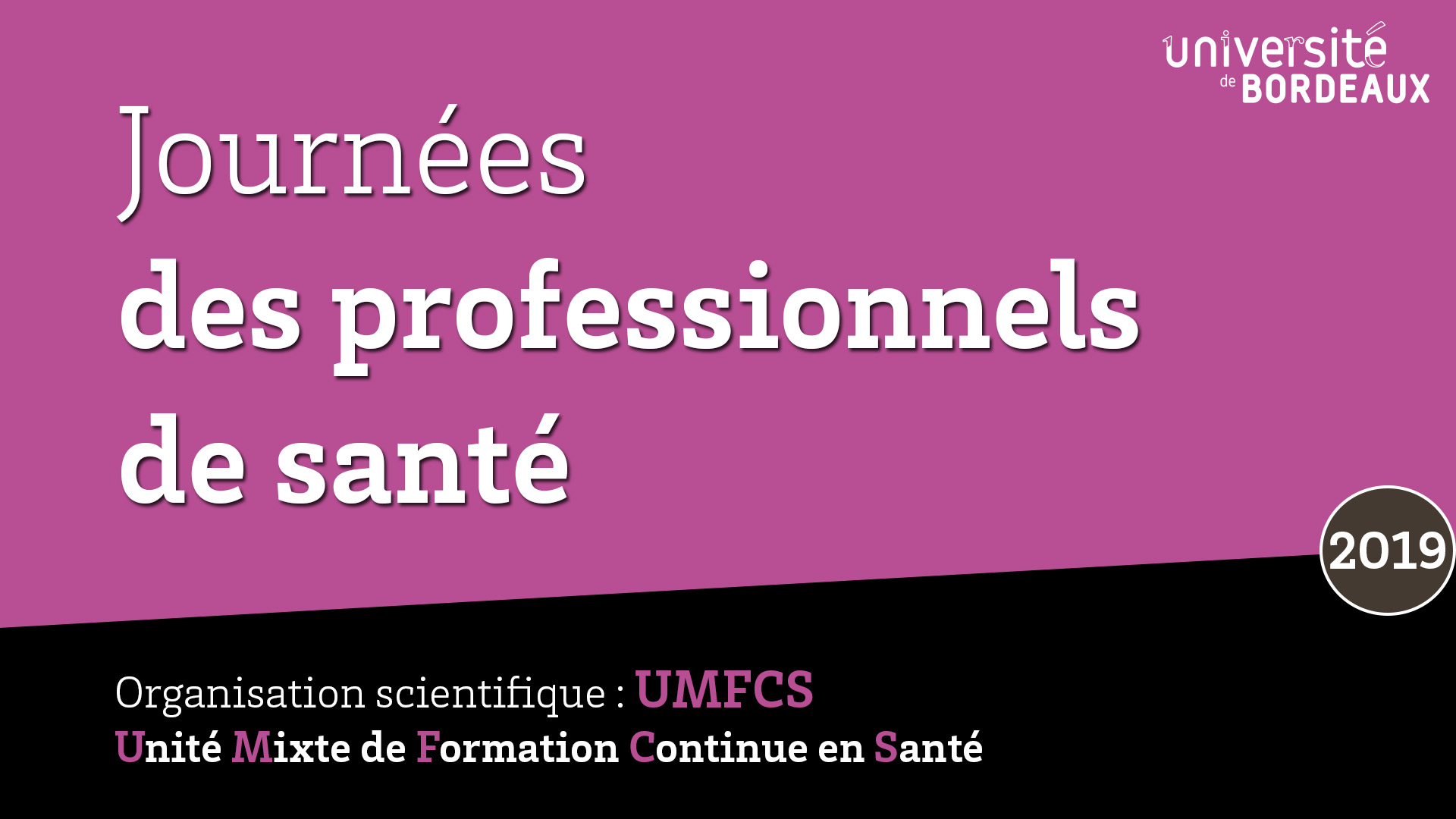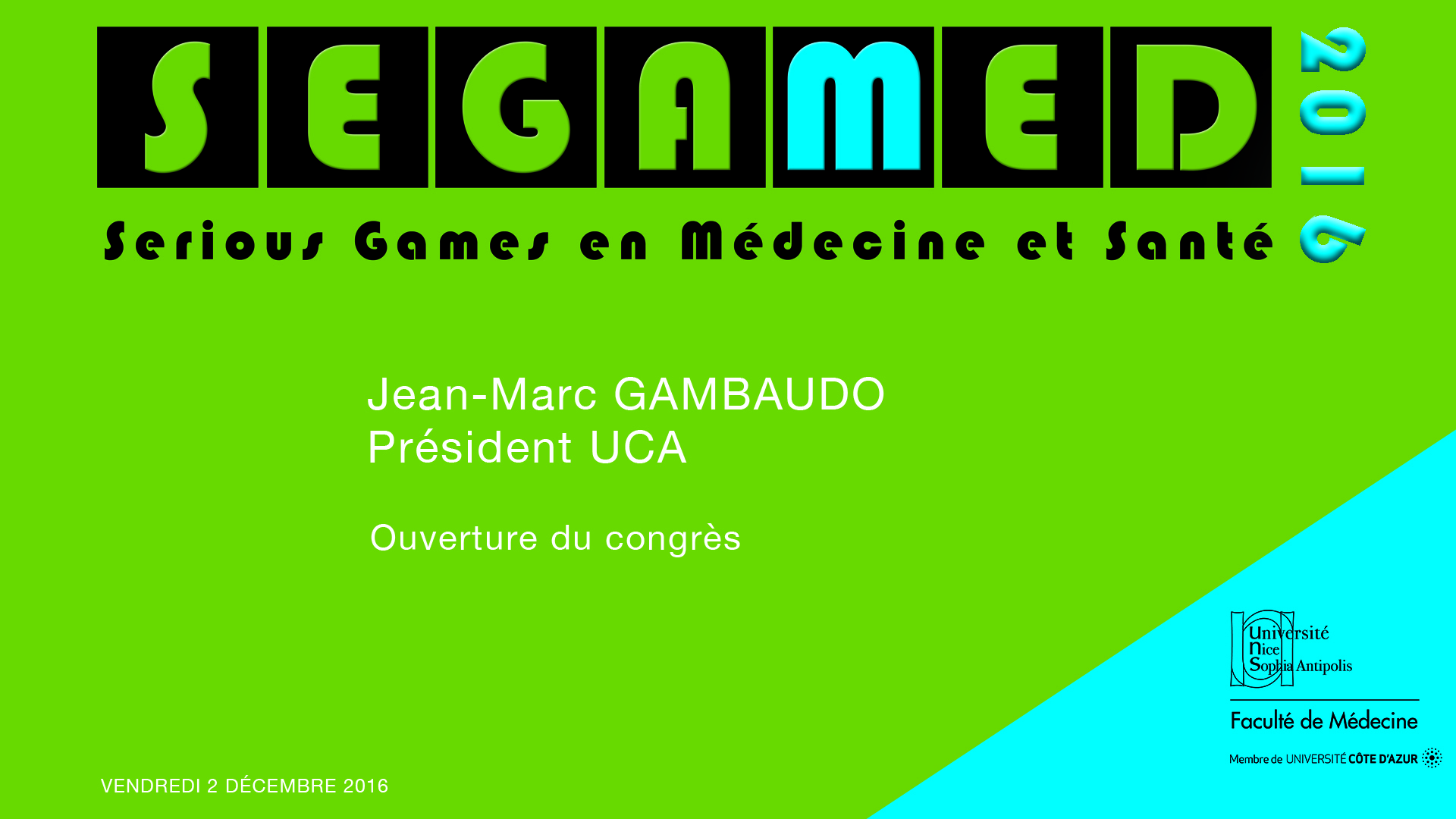Notice
[CONFERENCE] IMPLANTEUS LECTURES Eric Michel
- document 1 document 2 document 3
- niveau 1 niveau 2 niveau 3
Descriptif
20 JANVIER 2021 Avignon Université.
Using medical imaging methods in environmental sciences
- Eric MICHEL (INRAE Avignon): NMR and MRI to unravel the fate of contaminants in the soil
Eric MICHEL eric.michel@inrae.fr
Eric has a background in polymer physics, colloidal systems and interfaces.
After a postdoctoral stay at the University of California at Santa Barbara, he joined EMMAH, a joint research laboratory between INRAE and Avignon university in 2005.
His research focuses on colloidal particle fate in soils, and their impact on contaminant transfer, on an experimental and modeling point of view.
Eric is also interested in understanding and modeling preferential – bypass – water and solute flow in the largest soil pores such as earthworm burrows.
He contributes to the development of time-resolved internal investigation techniques to record quantitative information on colloid and solute fate directly inside the soil.
Eric is part of DISCOVE, a young multidisciplinary team that addresses issues related to the sustainable management of soil, water, biodiversity, as well as chemical and microbial risks.
NMR and MRI to monitor the fate of contaminants in soils
Abstract:
Industry, agriculture and households use chemical substances, some of which are persistent and/or toxic.
After use and disposal, these contaminants can reach the soil surface and subsequently compromise the quality of groundwater and crops, and pose a threat to soil biota.
This conference will show how NMR and MRI can provide information on the dynamics of pollutants in soil; and how these previously inaccessible data can ultimately contribute to improving models used to predict groundwater quality or the bioavailability of contaminants in soils.
Dans la même collection
-
[Implanteus Lectures] Mercredi 20 mars – « Les vésicules végétales comme vecteurs de molécules phar…
[Implanteus Lectures] Mercredi 20 mars – « Les vésicules végétales comme vecteurs de molécules pharmacologiques » par Dr. Alberto DAVALOS
-
[Implanteus Lectures] 5 mars 2024 – « Communication moléculaire entre les plantes et les microbes »
[Implanteus Lectures] 5 mars 2024 – « Communication moléculaire entre les plantes et les microbes » par Dr. Elodie Vandelle, Department of Biotechnology – University of Verona (Italy)
-
[Implanteus Conférence] 18 janvier 2024
[Implanteus Conférence] 18 janvier 2024 « Embracing social factors for soil conservation », Alexander Neaman (Chili), Professeur en gestion de l’environnement et édaphologue
-
[Implanteus Lectures] 17 janvier 2024
[Implanteus Lectures] 17 janvier 2024 « L’utilisation de sous-produits agroalimentaires » par Ana Isabel Cordeiro, Instituto Politécnico de Portalegre, Portugal
-
[Implanteus Lectures] 17 octobre 2023
Micol MolinaVicente[Implanteus Lectures] 17 octobre 2023 : « Les polyphénols végétaux dans la prise en charge des maladies métaboliques : modulation de la prise alimentaire et du métabolisme énergétique. » par Vicente
-
[Implanteus Lectures] 23 mai 2023 à 14h30 : « Utilisation des abeilles solitaires pour la pollinisa…
[Implanteus Lectures] 23 mai 2023 à 14h30 : « Utilisation des abeilles solitaires pour la pollinisation et l’apivectorat » par Professeur Ljubisa Stanisavljevic
-
[Implanteus Lectures] 14 mars 2023 : « Haricots et produits contenant des haricots : des avantages …
[Implanteus Lectures] 14 mars 2023 : « Haricots et produits contenant des haricots : des avantages nutritionnels aux connaissances et comportement des consommateurs » par Dalia El Khoury
-
[Implanteus Lectures] 18 janvier 2023 : « Bien manger »
[Implanteus Lectures] 18 janvier 2023 : « Bien manger », par Christophe Lavelle
-
[Implanteus Lectures] 16 novembre 2022 "Food for health from the consumers' perspective : How to de…
[Implanteus Lectures] 16 novembre 2022 Nicola Bordenave
-
[Implanteus Lectures] 12 octobre 2021 Tannins and pigments from grape to wine D. Véronique CHEYNIER…
[Implanteus Lectures] 12 octobre 2021
-
[Implanteus Lectures] 17 novembre : « Nutrition et changement climatique, comment ont-ils influencé…
[Implanteus Lectures] 17 novembre 2022
-
[Implanteus Lectures] 19 janvier : « Conserving agrobiodiversity and ensuring the viability of High…
[Implanteus Lectures] 19 janvier 2022
Sur le même thème
-
[CONFERENCE] IMPLANTEUS LECTURES Linda Kinkel
19 mai 2021 Avignon Université Linda Kinkel (Dept. Plant Pathology, University of Minnesota): From ecological theory to practice: microbial management for healthy crops
-
CONFERENCE La boîte translucide : un éclairage sur l’intelligence artificielle de Pierre Jourlin
16 Avril 2021 A l'occasion de la parution en mars 2021 aux Éditions Universitaires d’Avignon de « La boîte translucide : un éclairage sur l’intelligence artificielle » de Pierre Jourlin, la
-
[CONFERENCE] IMPLANTEUS LECTURES Olivier Dangles
14 avril 2021 Avignon Université Olivier Dangles (Avignon Université.) : Plant secondary metabolites and their importance to humans
-
CONFÉRENCE IMPLANTEUS LECTURES Franseco Visioli
17 mars 2021 Avignon Université Francesco VISIOLI (University of Padova) : Nutritional benefits from eating plant products
-
[CONFERENCE] IMPLANTEUS LECTURES Denis COURTIER-MURIAS
20 JANVIER 2021 Avignon Université. Using medical imaging methods in environmental sciences Denis COURTIER-MURIAS (Université Gustave Eiffel): Introduction to NMR and MRI and applications
-
[CONFERENCE] IMPLANTEUS LECTURES Perrine Chaurand
20 JANVIER 2021 Avignon Université.
-
[CONFERENCE] IMPLANTEUS LECTURES Cindy Morris
17 fevrier2021 Avignon Université. Cindy Morris (INRAE Avignon)Friends or foes? Plant pathogenic microorganisms that can trigger rainfall.
-
[CONFERENCE] IMPLANTEUS LECTURES Yvan Capowiez
20 JANVIER 2021 Avignon Université. Using medical imaging methods in environmental sciences Yvan CAPOWIEZ (INRAE Avignon): How X-ray tomography and image analysis enlarge our vision of the
-
Communiquer par logiciel pour des personnes n'ayant pas l'usage de la parole
Cette communication a été filmée lors du colloque Angles morts du numérique, qui s’est tenu au Centre Culturel International de Cerisy du 24 septembre au 1er octobre 2020, sous la direction de
-
JPS 2019 / E-santé
Journées des Professionnels de Santé 2019 - Formation Médicale Continue des Médecins Généralistes
-
JPS 2019 / Brèves
Journées des Professionnels de Santé 2019 - Formation Médicale Continue des Médecins Généralistes
-
SEGAMED 2016 - Ouverture du congrès - Jean-Marc GAMBAUDO, Président UCA
SEGAMED 2016 Premier colloque français consacré exclusivement à la recherche et à l'évaluation des jeux sérieux appliqués à la médecine et à la santé Première Health Gaming Week appliquée à la


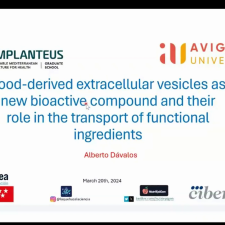
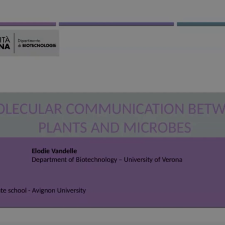
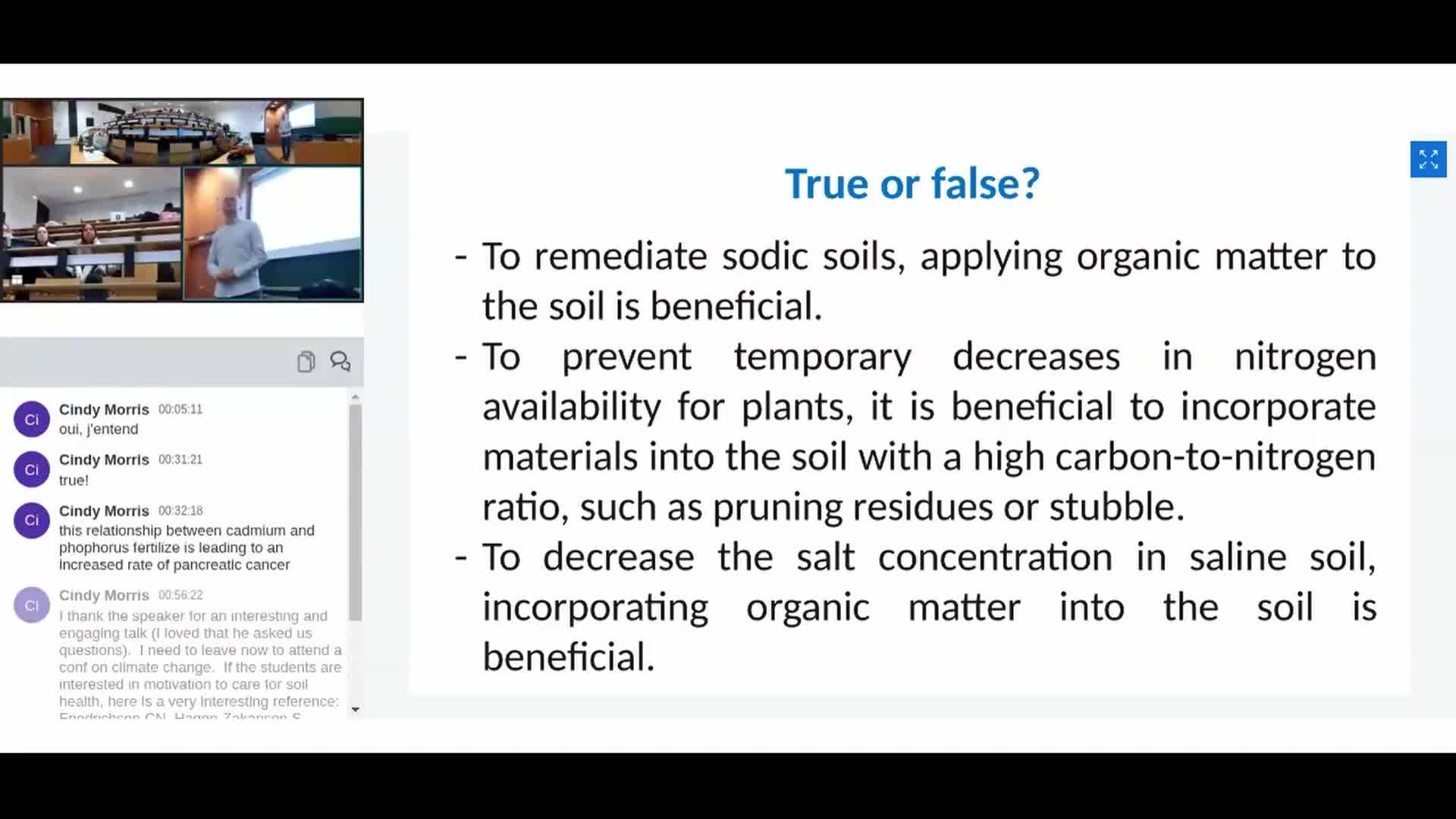
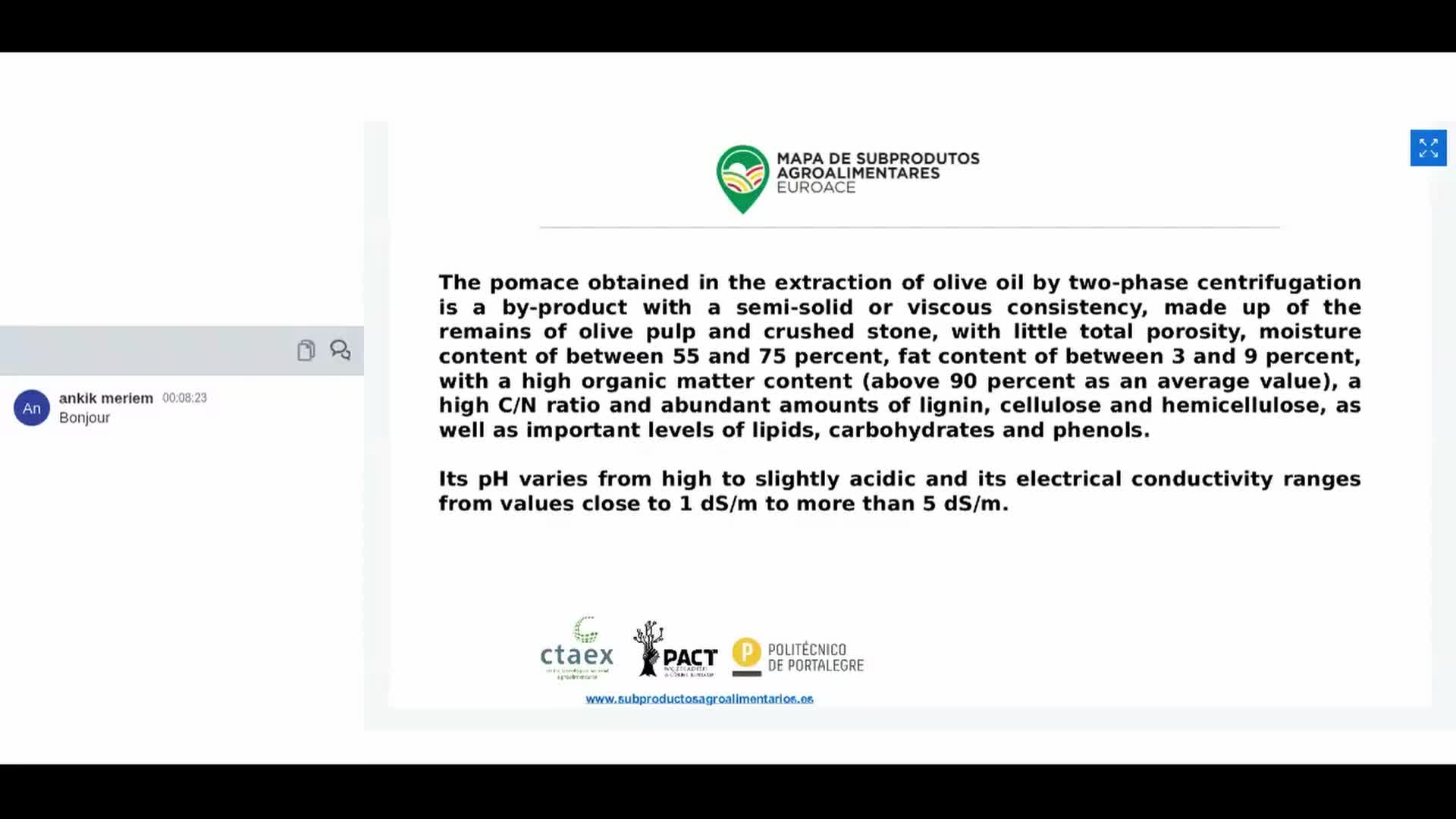
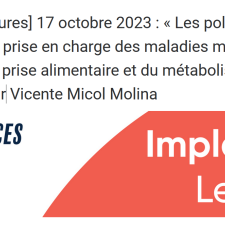
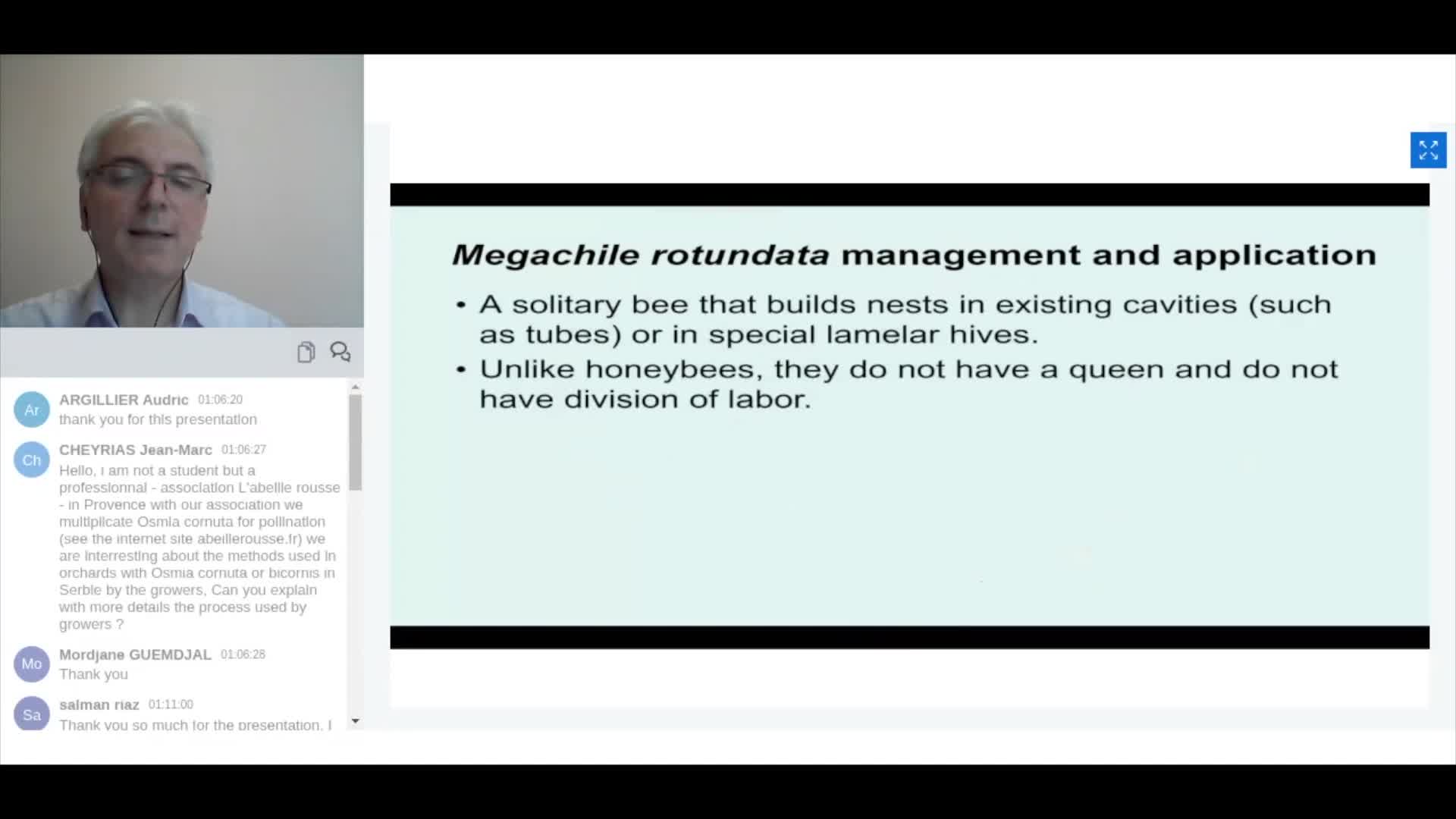
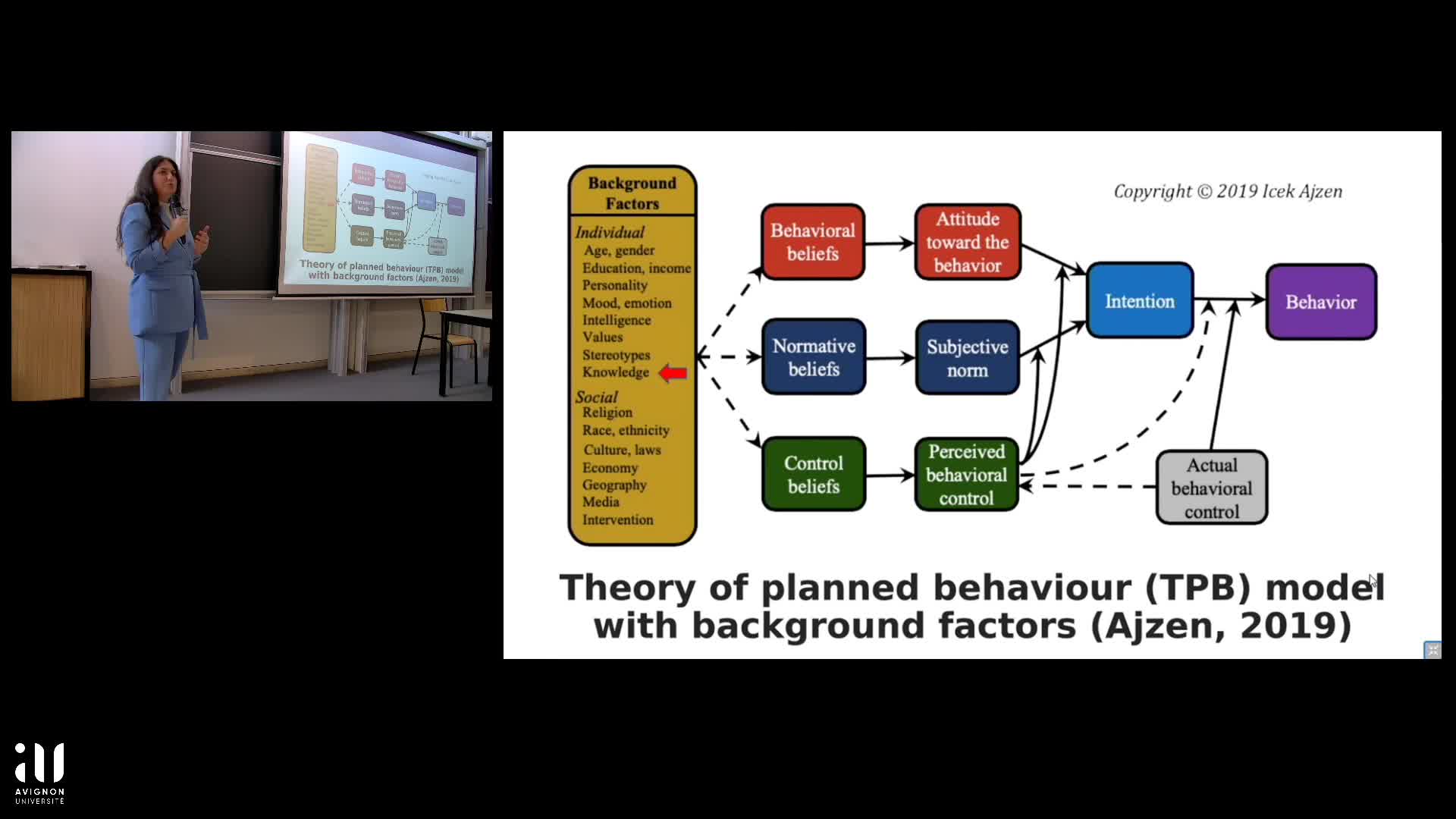
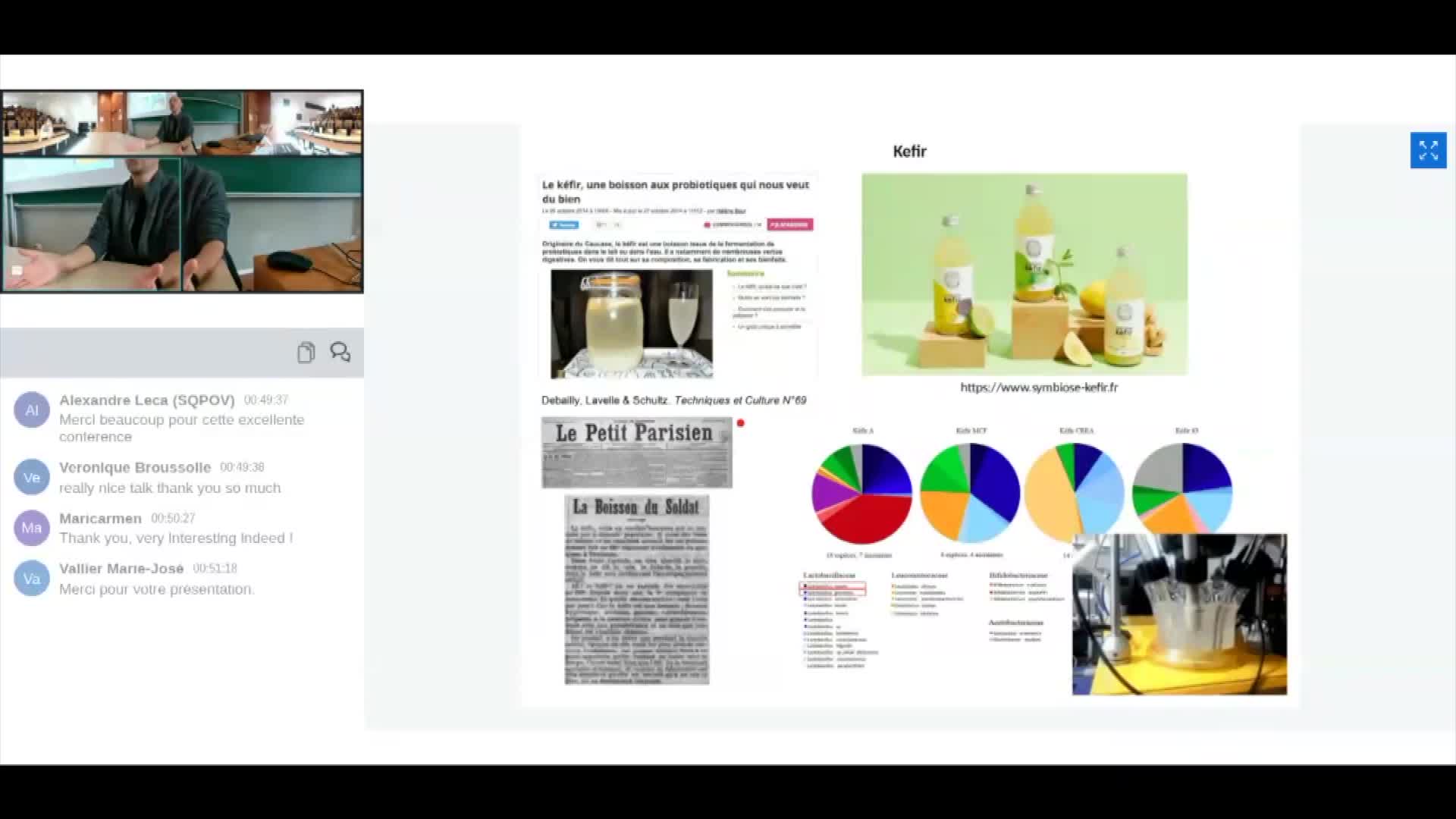
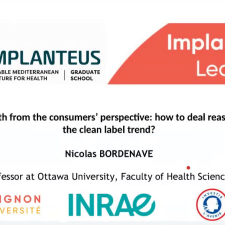
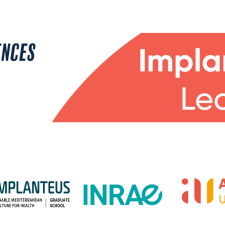
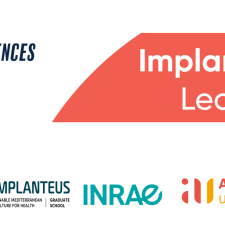
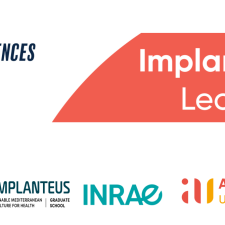
![[CONFERENCE] IMPLANTEUS LECTURES Linda Kinkel](https://vod.canal-u.tv/videos/media/images/universite_d_avignon_et_des_pays_de_vaucluse/.conference.implanteus.lectures.linda.kinkel_61331/vignette.jpg)

![[CONFERENCE] IMPLANTEUS LECTURES Olivier Dangles](https://vod.canal-u.tv/videos/media/images/decouvrir/.conference.implanteus.lectures.olivier.dangles_59981/vignette.jpg)

![[CONFERENCE] IMPLANTEUS LECTURES Denis COURTIER-MURIAS](https://vod.canal-u.tv/videos/media/images/universite_d_avignon_et_des_pays_de_vaucluse/.conference.implanteus.lectures.using.medical.imaging.methods.in.environmental.sciences.denis.courtier.murias_59531/vlcsnap.2021.02.16.09h54m22s469.png)
![[CONFERENCE] IMPLANTEUS LECTURES Perrine Chaurand](https://vod.canal-u.tv/videos/media/images/universite_d_avignon_et_des_pays_de_vaucluse/.conference.implanteus.lectures.using.medical.imaging.methods.in.environmental.sciences.perrine.chaurand_59507/vlcsnap.2021.02.16.10h04m42s680.png)
![[CONFERENCE] IMPLANTEUS LECTURES Cindy Morris](https://vod.canal-u.tv/videos/media/images/universite_d_avignon_et_des_pays_de_vaucluse/.conference.implanteus.lectures.cindy.morris_59595/vignette.jpg)
![[CONFERENCE] IMPLANTEUS LECTURES Yvan Capowiez](https://vod.canal-u.tv/videos/media/images/universite_d_avignon_et_des_pays_de_vaucluse/.conference.implanteus.lectures.using.medical.imaging.methods.in.environmental.sciences.yvan.capowiez_59511/vlcsnap.2021.02.16.09h55m15s672.png)
